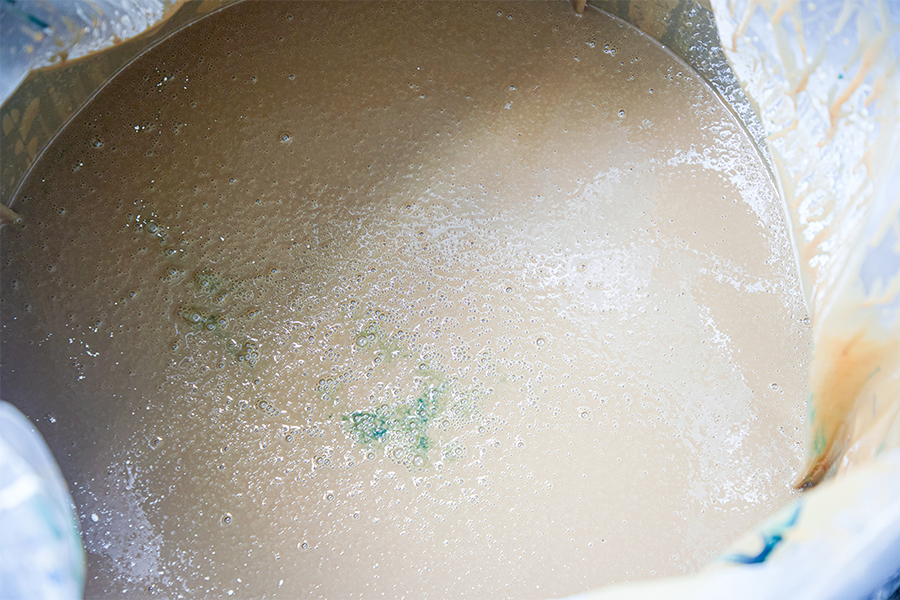In today’s evolving industrial landscape, sustainability isn’t just a trend—it's becoming a central concern for manufacturers and their customers. As environmental regulations continue to tighten across global markets, many industries are looking for practical ways to reduce their ecological footprint. Coil coating plants, which serve a wide range of applications from building materials to consumer electronics, are no exception. One key shift gaining momentum is the adoption of water based coatings as a safer, more environmentally friendly alternative to traditional oil based coatings.
Water-based coatings are making a notable impact in coil coating processes because of their low volatile organic compound (VOC) emissions. VOCs are a primary contributor to air pollution and have been heavily regulated in many countries. As governments push for greener industrial practices, manufacturers are responding by integrating low-emission technologies into their production lines.
Why Water-Based Coatings Matter
Water-based coatings differ fundamentally from their oil-based counterparts. Instead of relying on petroleum-based solvents, these coatings use water as the primary carrier. This means they release significantly fewer VOCs during the application and curing processes. In a coil coating plant, where large volumes of coated metal pass through ovens and drying stages, even small reductions in VOC emissions can cause major improvements in air quality and workplace safety.
What’s more, water-based coatings also reduce the need for complex exhaust and ventilation systems. Since the emissions are lower and less harmful, facilities can often simplify their air handling systems, which reduces both energy consumption and maintenance costs.

Regulatory Compliance and Market Advantages
Regulations are playing a large role in accelerating the shift toward water-based coatings. In many regions, compliance with air quality standards now requires manufacturers to stay below strict VOC thresholds. Non-compliance can result in fines, production shutdowns, or reputational damage.
Beyond compliance, adopting water-based coatings can also serve as a competitive differentiator. Clients and procurement officers are increasingly prioritizing sustainability in their supply chains. Plants that adopt low-emission coating systems can appeal to environmentally conscious buyers and improve their overall brand reputation.
Performance Isn’t Being Sacrificed
There was a time when water-based coatings were perceived as inferior to oil-based alternatives in terms of durability or adhesion. However, advancements in coating formulations have significantly closed that gap. Today’s water-based coil coatings offer comparable—and sometimes advanced—performance in many applications.
Manufacturers can now choose from a wide variety of water-based options, including acrylic, polyester, and fluoropolymer systems, many of which are available with enhanced weather resistance and flexibility. For example, super weathering polyester coatings used on 3.0 mm aluminum plates can now achieve up to 20 years of weather resistance and withstand 90-degree bends without cracking.
Practical Benefits for Coil Coating Plants
Incorporating water-based coatings into an existing coil coating process isn’t just about regulatory alignment—it can also bring practical improvements. Consider the following benefits:
Improved workplace safety: Lower toxicity and odor create a safer working environment.
Reduced energy use: Lower exhaust system requirements can cut down on operational energy consumption.
Simplified cleanup: Water-based systems are easier to clean, reducing the need for harsh solvents.
Lower waste management costs: With less hazardous waste generated, disposal becomes easier and cheaper.
As the industry continues to evolve, coil coating plants that proactively embrace water-based coating technologies will be better positioned to meet both environmental expectations and operational demands. Whether driven by regulation, client demand, or internal sustainability goals, the shift toward water-based solutions is gaining momentum—and it’s not slowing down any time soon.


 English
English русский
русский Español
Español Português
Português عربى
عربى
